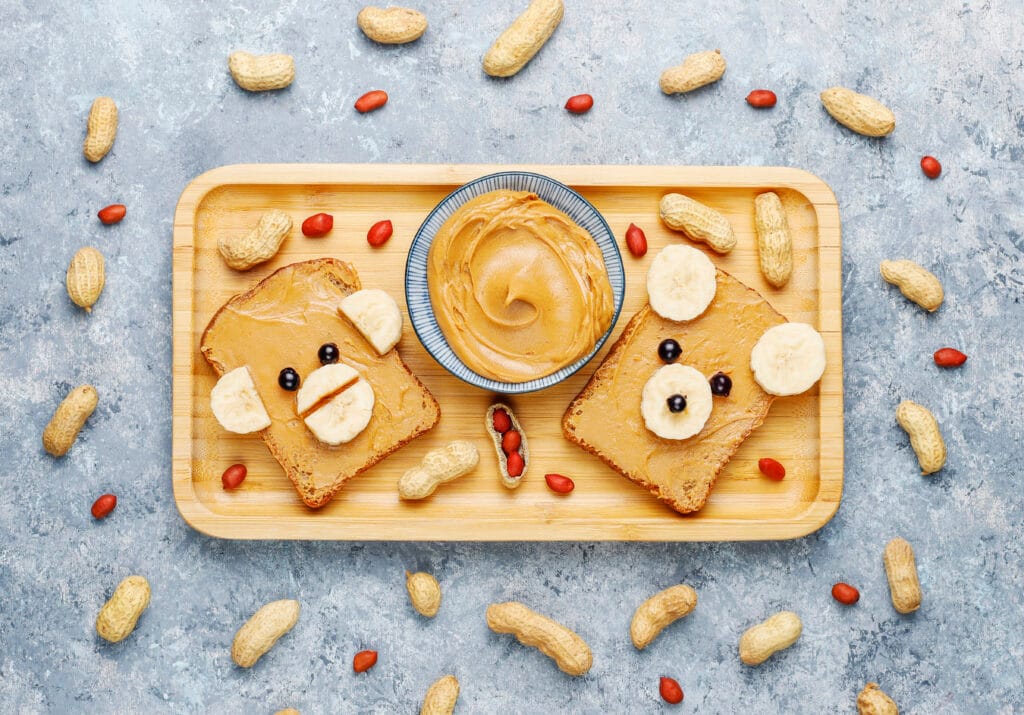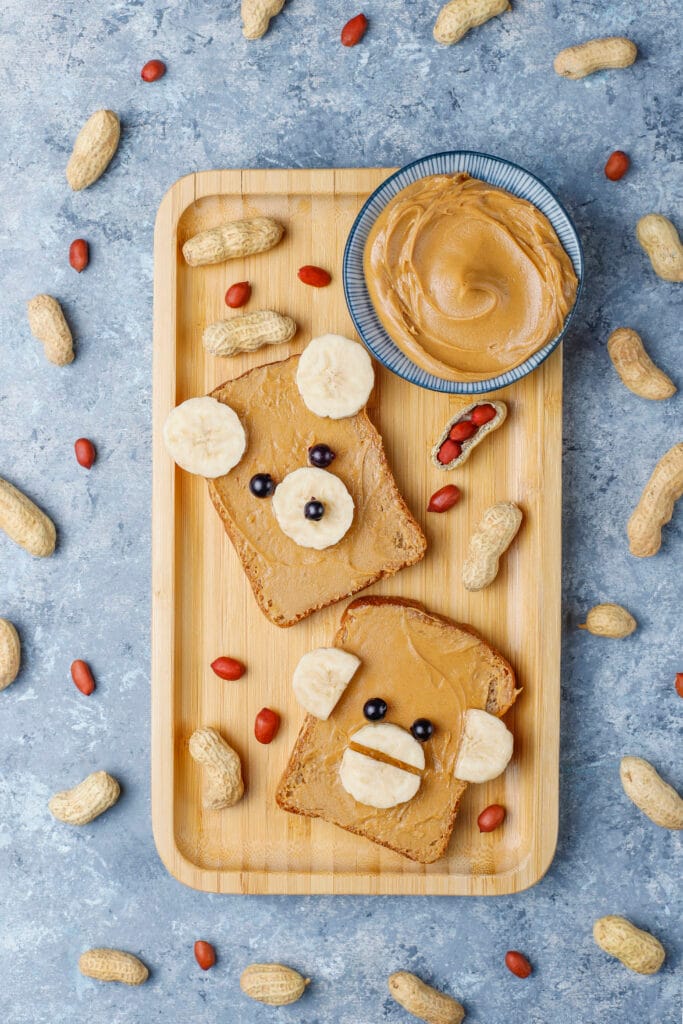Peanut butter cookies are a baking classic, loved for their rich flavor and unique crisscross design. The fork marks cookies feature isn’t just for decoration—it plays a crucial role in baking these treats evenly. This article explores the tradition, science, and benefits behind this technique, along with creative twists for bakers.
This article explores the history, science, and practical benefits of these fork marks. We’ll also dive into creative variations for bakers looking to experiment, and answer some of the most common questions about this technique. By the end, you’ll understand why this step is not just a tradition, but a science-backed method for achieving the perfect peanut butter cookie.
Table of Contents
The History of Fork Marks on Peanut Butter Cookies
Fork marks have been a tradition for decades. Recipes from the 1930s recommended pressing the dough with a fork to ensure even baking. Peanut butter dough is dense and doesn’t spread naturally during baking. The crisscross marks flatten the cookies and make them bake evenly.
These marks also help identify peanut butter cookies. This is especially useful for avoiding mix-ups with other cookies. For a similar example, check out these traditional thumbprint cookies. Both rely on unique patterns for function and style.
The Science Behind Fork Marks on Peanut Butter Cookies
Peanut butter dough is stickier and denser than other cookie doughs. It requires special handling to bake evenly. Pressing it with a fork creates a flat surface, allowing heat to spread more consistently.
Why It Works:
Better Texture: Proper baking leads to a chewy yet firm texture.
Even Heat: Fork marks distribute heat evenly. This ensures the center bakes fully without overcooking the edges.
Preventing Cracks: Flattening the dough minimizes puffing and cracking.
Practical Benefits of the Crisscross Pattern on Peanut Butter Cookies
Beyond the scientific reasons, the use of fork marks offers several practical benefits:
- Signature Appearance: The fork marks make peanut butter cookies instantly recognizable. This is especially important for distinguishing them from other cookies, particularly for individuals with peanut allergies.
- Uniform Baking: Fork marks help ensure that each cookie has the same thickness and shape, which leads to consistent baking across the batch.
- Enhanced Texture: By flattening the dough, you reduce the risk of overly dense or gummy cookies.
If you’re a fan of creating visually striking baked goods, you might appreciate the aesthetic emphasis in recipes like these Earl Grey Cookies, where presentation plays a key role.

Creative Twists on the Fork Marks in Peanut Butter Cookies
The crisscross fork marks on peanut butter cookies are more than decorative—they’re a practical solution to a unique baking challenge. Peanut butter dough has a high fat content and lacks the same elasticity as other cookie doughs. When left unflattened, it can bake unevenly, leading to undesirable results.
Heat and Density
Dense cookie dough, such as that made with peanut butter, requires careful handling to ensure even heat distribution. The fork marks allow heat to penetrate the center of the cookie more effectively, resulting in a fully baked, evenly textured treat.
Avoiding Cracks
Flattening the dough also minimizes the risk of cracking during baking. Without this step, the cookies might puff up and then deflate, causing the surface to break apart. Similar care is needed in recipes like pumpkin-based treats, such as this Pumpkin Banana Loaf, which also requires attention to density and texture.
Creative Twists on Fork Marks
While the classic crisscross pattern is a hallmark of peanut butter cookies, there’s plenty of room for creativity. Bakers today are experimenting with new ways to flatten and decorate their cookies, adding a personal touch to this traditional recipe.
Variations to Try:
- Diagonal Grids: Create diagonal patterns for a modern, geometric look.
- Stamped Designs: Use cookie stamps or the bottom of a glass to create unique imprints.
- Smooth Finish: Skip the fork and flatten the dough with a rolling pin or glass for a sleek, uniform surface.
These variations allow bakers to customize their cookies while maintaining the functional benefits of flattening the dough.
FAQs About the Crisscross Marks on Peanut Butter Cookies
Why are fork marks used only for peanut butter cookies?
The density and stickiness of peanut butter dough make flattening essential. Other types of cookie dough, such as sugar or chocolate chip, spread naturally during baking and don’t require this step.
Do fork marks affect the flavor of the cookies?
While the marks don’t directly impact flavor, they contribute to even baking, which enhances the texture and ensures a balanced taste.
What happens if you skip the fork marks?
Without fork marks, peanut butter cookies may bake unevenly. The centers might remain undercooked while the edges become too crisp.
Can you use other tools instead of a fork?
Yes, you can use a spoon, a spatula, or even a cookie stamp to flatten the dough. The key is ensuring that the cookies are evenly pressed.
Tips for Perfecting the Fork Marks on Peanut Butter Cookies
If you’re aiming for flawless peanut butter cookies, here are some tips to keep in mind:
- Chill the Dough: Refrigerating the dough for 15-20 minutes before baking reduces stickiness, making it easier to handle.
- Dip the Fork in Sugar: Prevent the fork from sticking to the dough by dipping it in sugar or flour before pressing.
- Apply Gentle Pressure: Use a light touch to avoid flattening the cookies too much.
- Ensure Even Spacing: Keep your fork marks consistent in depth and spacing for a uniform look.
Why Tradition Matters
The tradition of adding fork marks to peanut butter cookies is a beautiful example of how form meets function in baking. It’s a step rooted in practicality but has evolved into a defining feature of these cookies. Whether you stick with the classic crisscross or experiment with new designs, this tradition connects us to generations of bakers who perfected this method for a reason.
For those who enjoy blending tradition with innovation, exploring recipes like Why Thumbprint Cookies Crack can inspire even more baking creativity.
Conclusion
The fork marks on peanut butter cookies are more than just a decorative element—they’re a testament to the science and tradition behind baking. By flattening the dough, these marks ensure even baking, improve texture, and create a visual signature that’s instantly recognizable.
Whether you’re baking your first batch or looking to add a creative twist, remember that those simple crisscross patterns are doing more than meets the eye. They represent the perfect blend of art and science, ensuring that every bite is as delightful as it should be.
So next time you press a fork into a peanut butter cookie, take a moment to appreciate the tradition, history, and practicality baked into every crisscross.


